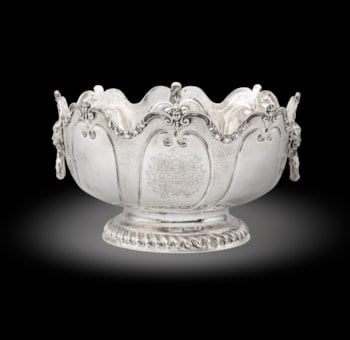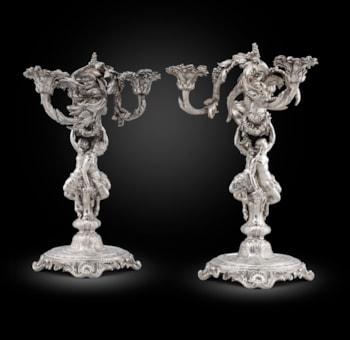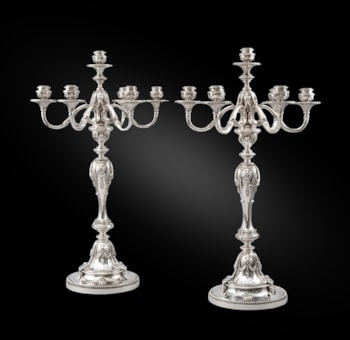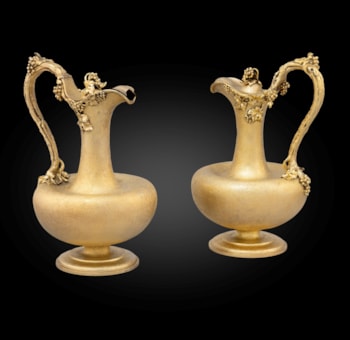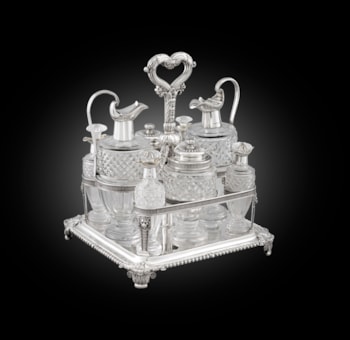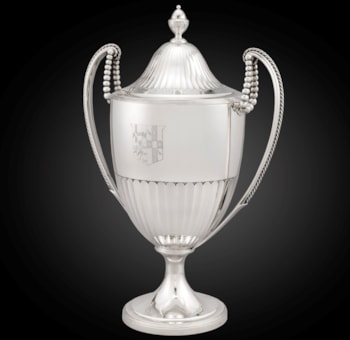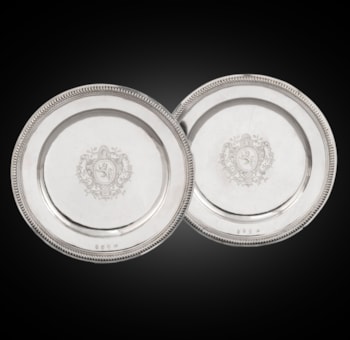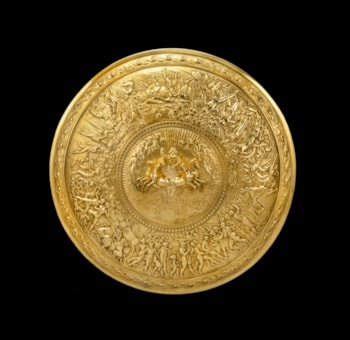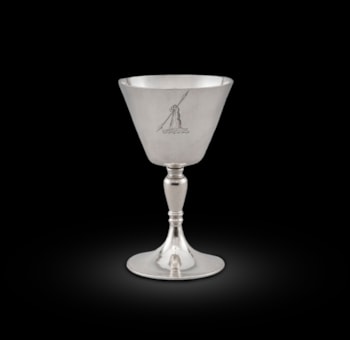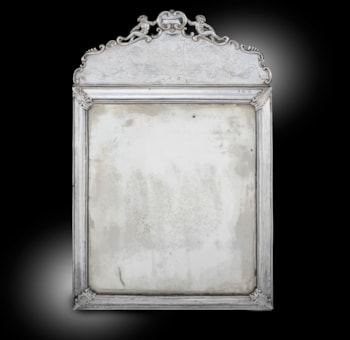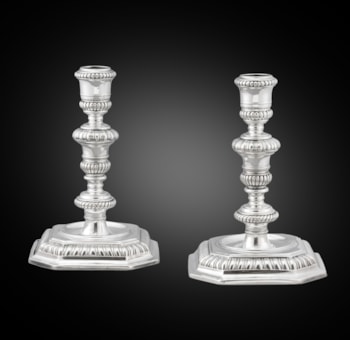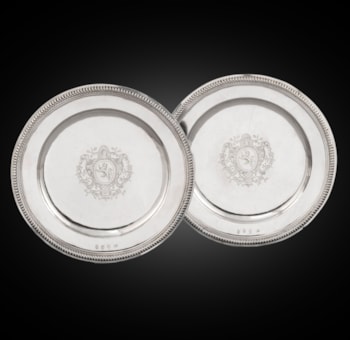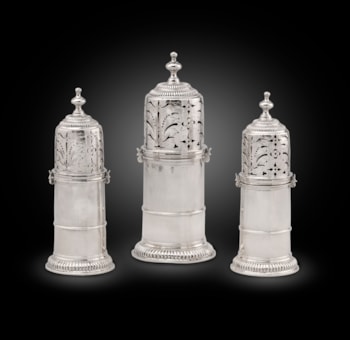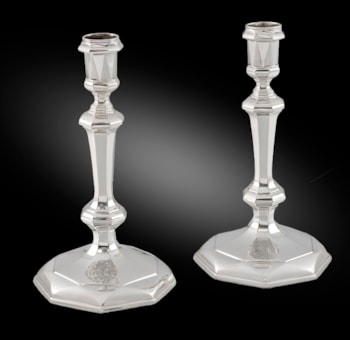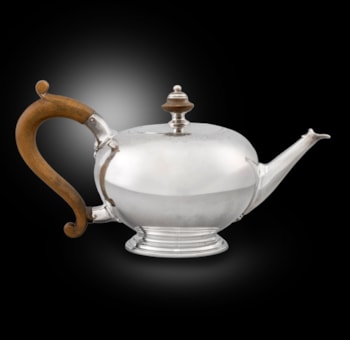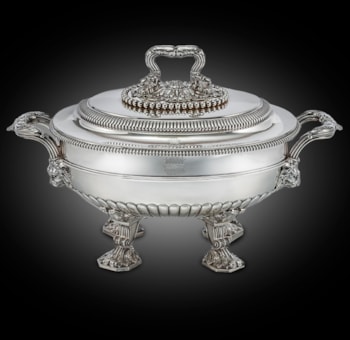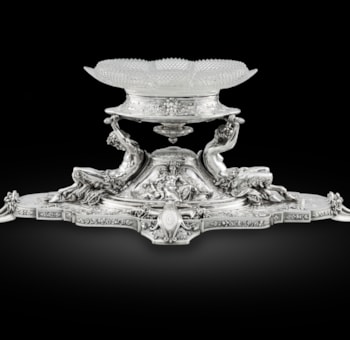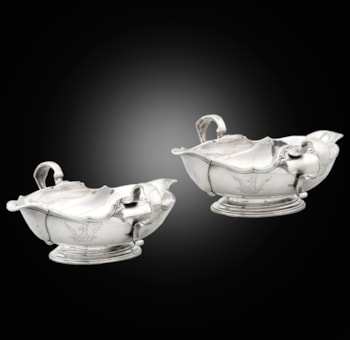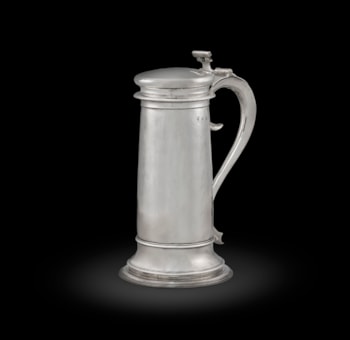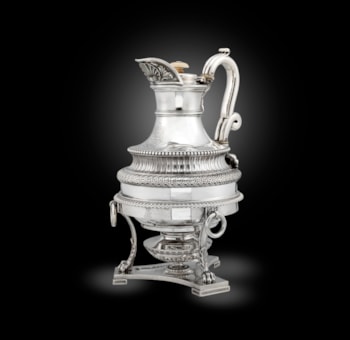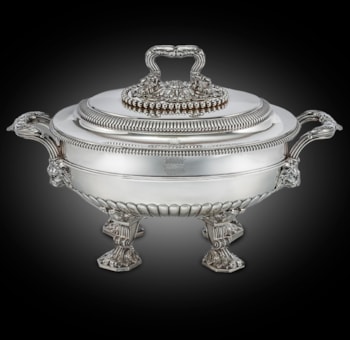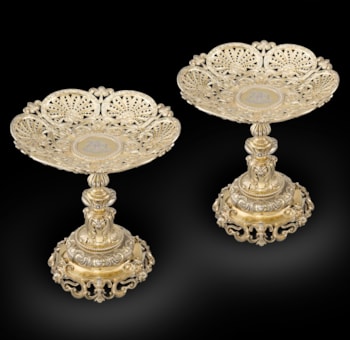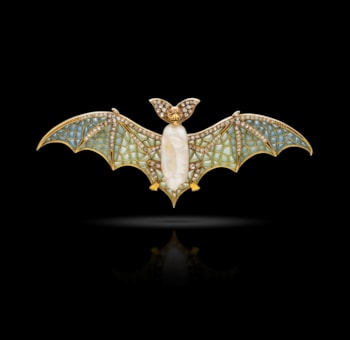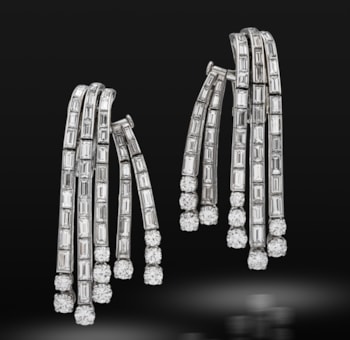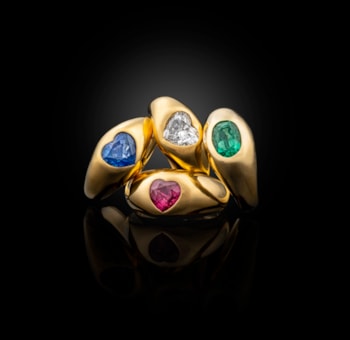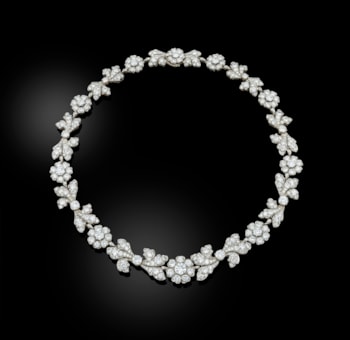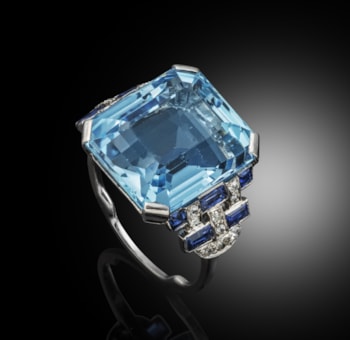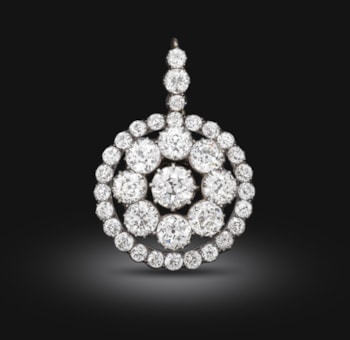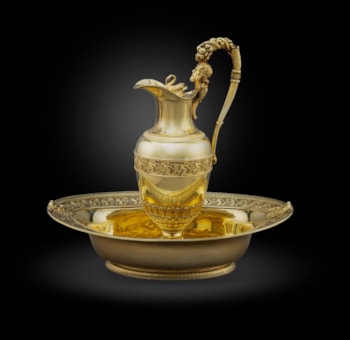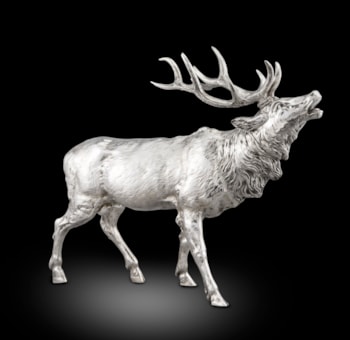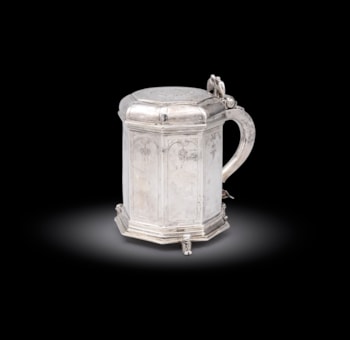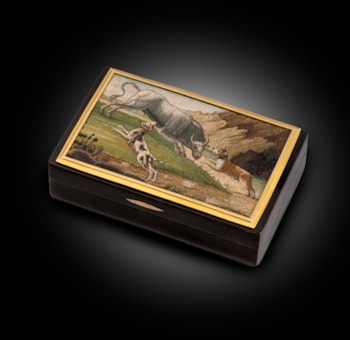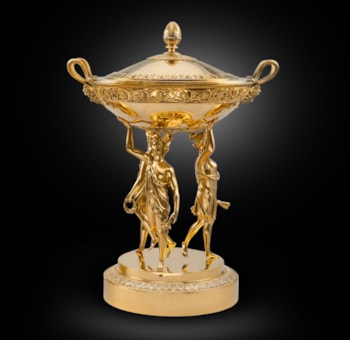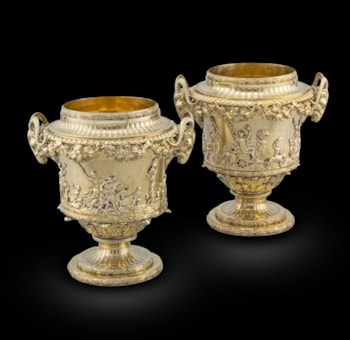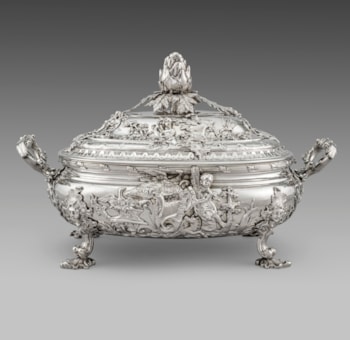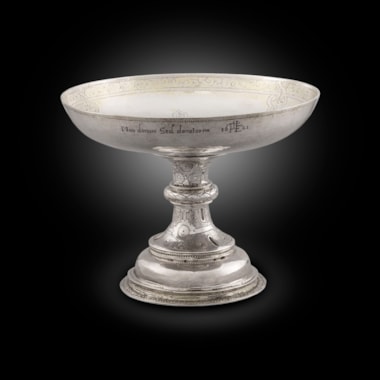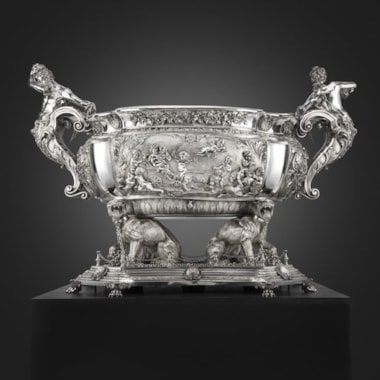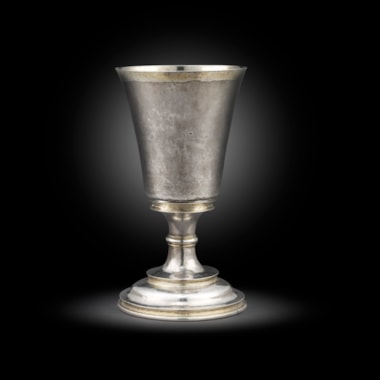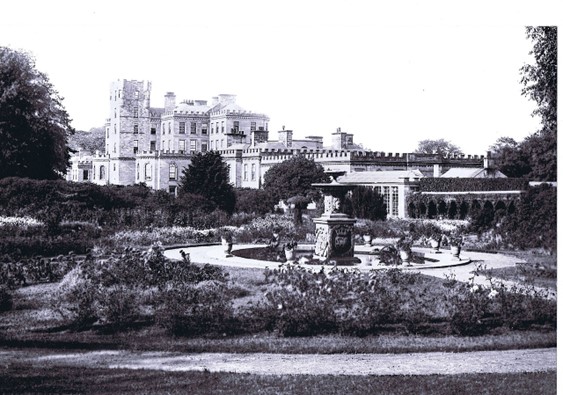
Gordon Castle:
The original castle was built by George Gordon, 2nd Earl of Huntly in the 1470s and enlarged by his grandson and George Gordon, 1st Marquess of Huntly. An inventory of the contents from November 1648 mentions lavish beds and a "hen house", a parrot cage in the long gallery.
The first wave of substantial extension was undertaken by Alexander Gordon, 2nd Duke of Gordon in the 1720s, greatly increasing the floorplan in relation to the original tower house.
Architect John Adam was commissioned, alongside the exiled Huguenot (French) architect Abraham Roumieu, to redesign the castle in 1764, but this did not come to fruition. Eventually the commission fell to the lesser-known Edinburgh architect, John Baxter, who rebuilt it in 1769 for Alexander Gordon, 4th Duke of Gordon. The central four-storey block incorporated a six-storey medieval tower called the Bog-of-Gight and was flanked by a pair of two-storey wings. In 1827 the Aberdeen architect Archibald Simpson was commissioned to redesign the east wing after it was destroyed by fire.
At its peak, the main façade was 568 feet (173 metres) long. Following the deaths of the 7th and 8th dukes within a decade of one another the Gordon Estates of 180,000 acres (73,000 hectares) were put up for sale by the 9th Duke to pay the enormous death duties. The majority of the contents of the castle were sold in 1938, although some family portraits and furniture were removed to Goodwood House.

The arms are those of Charles, 4th Duke of Richmond and Lennox, born in 1764. Croker remarks that this celebrated peer appears to have been born, just as he died, in a barn: "his mother Lady Louisa, was taken ill when on a fishing party, and there was only time to carry her to a neighbouring farmyard, where the Dukewas born" (The Croker Papers, vol. 1, p. 150). He entered the army in 1788 and achieved notoriety by his duel with the Duke of York on Wimbledon Common on May 26, 1789. The Duke of York, the second son of George III, cooly received his fire and then fired into the air. A short time later, he was involved in another duel, this time with one Theophilus Swift, the author of a scurrilous pamphlet about him.
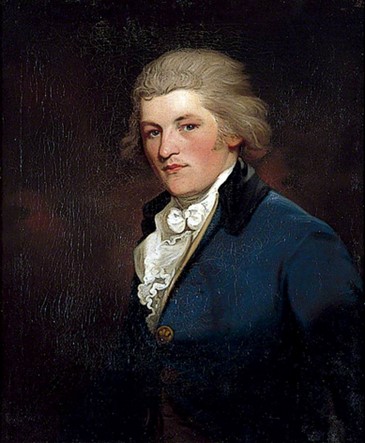
Swift was hit but the wound proved not to be fatal. Despite this penchant for duelling, he appears to have been a popular soldier and later served as a MP for Chichester. In 1806 he succeeded to the dukedom and the year following was appointed Lord Lieutenant of Ireland, a post he held until 1813. This dish and cover form a part of the prodigious service of plate which he took with him to Dublin. Contemporary writers speak of the almost regal state he maintained there; indeed, he spent so much as Viceroy that on his return to England he could not afford to live at Goodwood, the main family seat, and was forced to take up residence in Brussels. It was there, in a coach maker's depot in the Rue de la Blanchisserie, that his Duchess gave the famous ball the night before Waterloo. The ball the night before the Battle of Quatre Bras was described as the most famous in history. True to its legendary status, the event was immortalized by William Makepeace Thackeray in Vanity Fair and by Lord Byron in Childe Harold’s Pilgrimage.

Before Waterloo (1868) by Henry O'Neil, depicting officers departing from the Duchess of Richmond's ball
He had married in 1789 Charlotte, daughter of Alexander, 4th Duke of Gordon. It was said that she loved pomp "even more than her husband did". In 1818 he was appointed Governor General of Canada and while his personality endeared him to the populace, his extreme views seemed likely to force a clash with the French-Canadian Party. His term of office, however, was cut short the following year, when he died suddenly, apparently as a result of a bite from his pet fox. Rumours current at the time suggested that the fox had been a gift from the Iroquois. He was buried in Quebec Cathedral on September 4, 1819.

A pair of soup tureens, covers and stands from the same service are in the J. Paul Getty Museum, Malibu, California (78.DG.130 1-2)
The Duke of Richmond of Gordon, "Removed from Gordon Castle, which was sold to the government," Christie's, London, July 20, 1938.
Son of Ralph Smith of Birmingham, born 15 December 1764. Married firstly, 8 October 1788, Mary Adams at Egbaston parish church. Apparently to be identified with 'Mr. Smith' introduced through James Alston, on recommendation of 'Mr Nevill,' to Matthew Boulton at Birmingham, (Letter dated 18 May 1790. Birmingham Assay Office), then described as 'an Ingeneous Chaser.' By September 1792, the firm of Boulton and Smith, latchet manufacturers was in existence, from the evidence of a specification endorsed 'Smith Buckle Invention' signed James Smith, from which it is clear that both Benjamin and James were with Boulton. In March 1794 they were joined by John Lander, jeweller, who had invented an 'Elastic Shoe Latchet', when Benjamin and James are button makers. Disagreement developed in 1801 when Benjamin threatened to withdraw and go to London and a new partnership was drawn up between Boulton and James in 1802.
On 1st February 1802, Benjamin married secondly Mary Shiers at Greenwich Church, by which time he was presumably setting up the workshop there. First mark, in partnership with Digby Scott, 4 October 1802. Address: Limekiln Lane, Greenwich. Second mark together, 21 March 1803. The partnership apparently dissolved by 11 May 1807, when Smith entered a third separate mark. Fourth mark, 25 June 1807. Fifth mark in partnership with his brother James, 23 February 1809. Sixth separate mark, 14 October 1812. Seventh mark, 15 January 1814. Eighth mark in partnership with his son Benjamin, 5 July 1816. Address: Camberwell. Ninth mark alone again, 25 June 1818. By his first marriage Smith had four sons, of whom Benjamin was the eldest and three daughters, and by Mary Shiers a fourth daughter in 1803 at Greenwich. His third son Digby, born 2 June 1797, may be assumed to be the godson of Digby Scott. There seems little doubt from the accounts preserved in the Boulton papers at Birmingham that Smith was of a difficult and probably irascible nature and this borne out with the variations in his entry of marks with and without partners. His firm was of course, together with Storr, manufacturing almost entirely for Rundell and Bridge, and it seems that the later may have supported Smith's move to London. The firm's most important production is probably The Jamaica Service of 1803 in The Royal Collection. The silver-gilt trays, baskets, and wine coasters with open-work vine borders are among the most distinctive and accomplished achievements. The designs, so closely related to those of Storr, most almost certainly stemmed from central control by Rundell and Bridge.
You May Also Like




